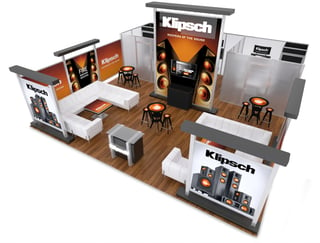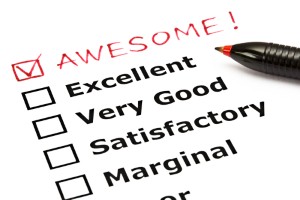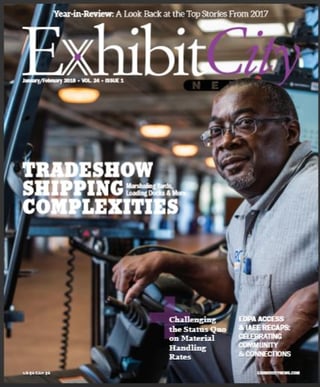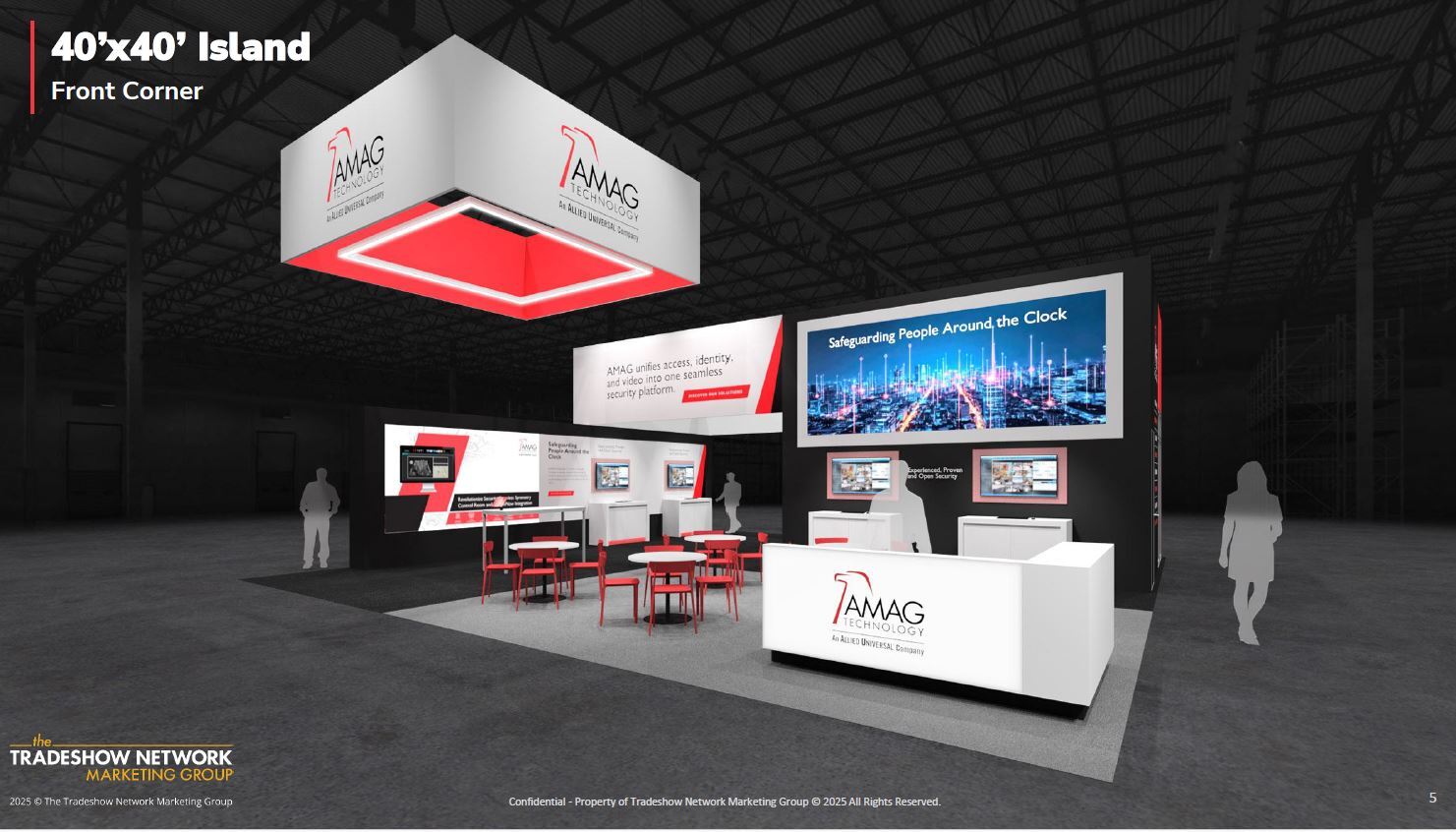With the start of the new year, trade show and event planners most likely already have their calendars and plans in place. But it pays to review your show schedule to get strategic about every show. To do so, you will need to plan in light of your overall business and marketing objectives, the experience you offer to visitors, the specific requirements of each event, and how technology can help you create a lasting impression.
1. Keep your overall business and marketing objectives front and center.
It may seem obvious, but it all starts with the overall business objectives of your company, as we illustrate in our white paper, Game Plan Strategy for Trade Shows, which is excerpted in part here.
Ask yourself: How can this event promote your overall company objectives, sales revenues, brand personality, products and services, and target markets?
For example, if you are introducing your products to a new industry in a new event, your strategy needs to include educating the market about both your company and your products. By focusing on the business objectives, you can create an event strategy to meet those objectives while promoting the identity of your company and targeting the right audience. Take the time to research and analyze these components before putting an event plan in place, or hire someone to help you.
The next component is fitting the event into your overall marketing strategy. The key is to make sure that each component of your marketing plan is working with your event strategy. When you are preparing for an event, post it on your website, advertise it through industry publications and social media, and promote it through public relations. The worst feeling is to attend an event where your customers did not even know to look for you! Trade show events should help you both reach new prospects and reinforce your existing customer relationships. Take advantage of all your marketing efforts to promote your trade show event activities.
2. Make your exhibit a great experience for visitors and staff.If there’s one reason why marketers still favor trade shows and live events, it’s the opportunity to interact with people, one on one. So why is that so many attendees seem to shy away from talking with your booth staff, or, worse yet, avoid your booth entirely? It may be that your staff doesn’t know how to engage visitors or pushes too hard for a sale.
It’s all about building relationships. According to a survey of event planners by Bizzabo, an event management software firm, two of the main reasons for running events are lead generation/sales and community building, particularly for B2B marketers. B2C marketers also rank brand awareness high on their priority list for events.
It pays to think ahead about what can you do with your display and staff training to ensure that you offer true hospitality to visitors and make your booth welcoming and enticing. An event is an opportunity to tell your story – about your company and your products – in a way that engages hearts and minds so that people will remember you long after the show is over.
Think of how you can make visitors feel comfortable and want to spend time with you. If your staff needs to sit down with prospects, your exhibit space should offer a comfortable, private conference area, or you could rent a separate room in the convention hall for meetings.
3. Create a strategy for each event.While this may seem like a lot of extra work for planners with multiple shows, it is important to create a strategy specific to each event, because every event is unique.
In creating an event strategy, our Game Plan identifies the following elements.
Show objectives:
What results do you want to achieve from the show? Perhaps you are looking for opportunities to actually sell your product on site and need to set a sales quota. If you have a long sales cycle, your objective may be to set appointments with 10 key prospects. Your objectives must be something that you can measure after the event.
Target audience:
What segment of attendees might buy your product or service? What are they specifically looking for that your company can provide? How can you best reach your exact target?
Brand messages:
What major messages do you want to communicate that will be remembered after the show? How can your exhibit and all your collateral materials work together to communicate those messages?
Pre-show marketing:
How will you communicate that you are attending the show before the event? Will you send an invitation to key prospects or advertise in the show catalog?
Booth experience:
What will happen when they visit your exhibit space? Do you need live product demonstrations or videos or both? Your exhibit materials should be flexible enough to accommodate different needs at each show. If you don’t want to invest in a new booth for your biggest shows, consider renting a booth or adding extra components.
On-site marketing:
What information will you convey at the event and how will you capture leads? Can you create on-target messaging for this particular show and its attendees? You may want to consider using video technology, which can make a big impact without a big budget, thanks to advances in large-screen video monitors. It also allows you to broadcast event-specific messages. And don’t forget to use social media to keep prospects informed during the show.
How will you follow up with clients and prospects after the event? A surprising number of exhibitors collect names but have no plan for getting in contact with those people after the event.
Evaluation:
The final step is to evaluate the components of the plan and your results after the event to determine whether the event was successful. Work with the sales team to find out if the leads met their objectives and how much business they closed as a result. Document what worked and what failed and decide whether to participate in the event again based on your results.
By taking a strategic approach to every event, your bottom-line results from your trade show efforts are bound to grow.
More details on how to link your business and marketing objectives with your trade show efforts are provided in our white paper, Game Plan Strategy for Trade Shows. In addition - you can view this entire article on the Exhibit City News online publication at https://issuu.com/exhibitcitynews/docs/jan-feb_ecn2018






